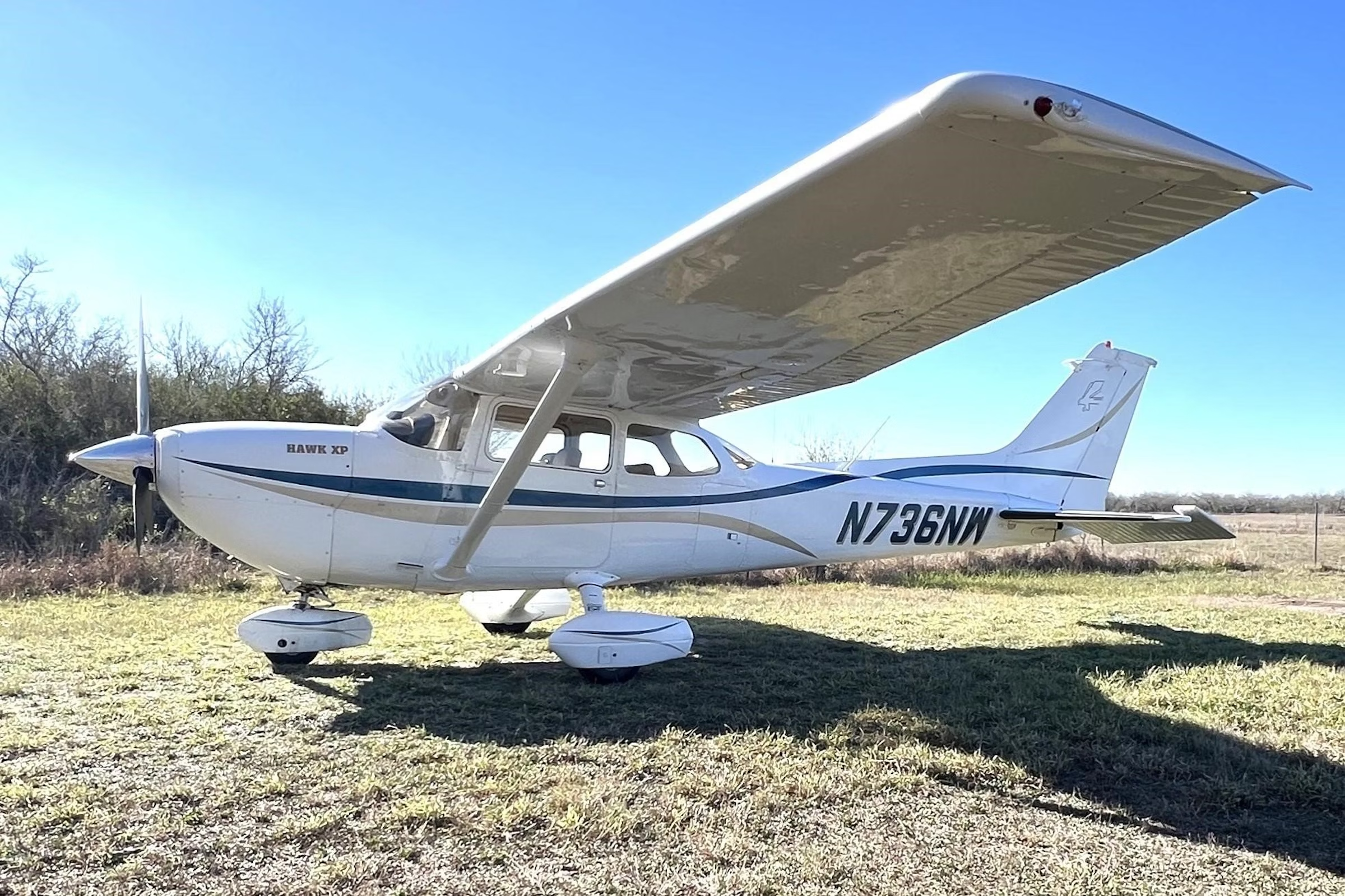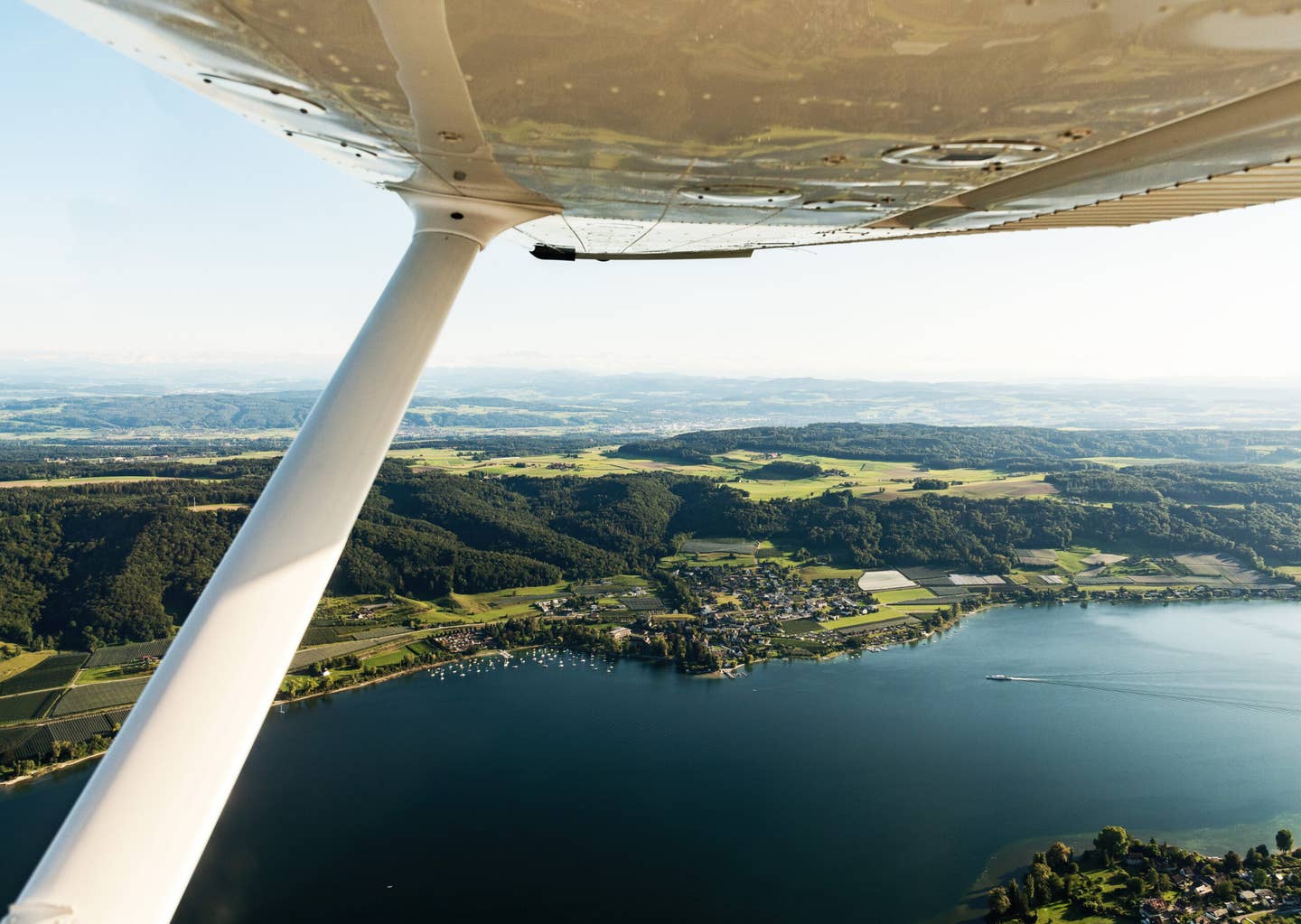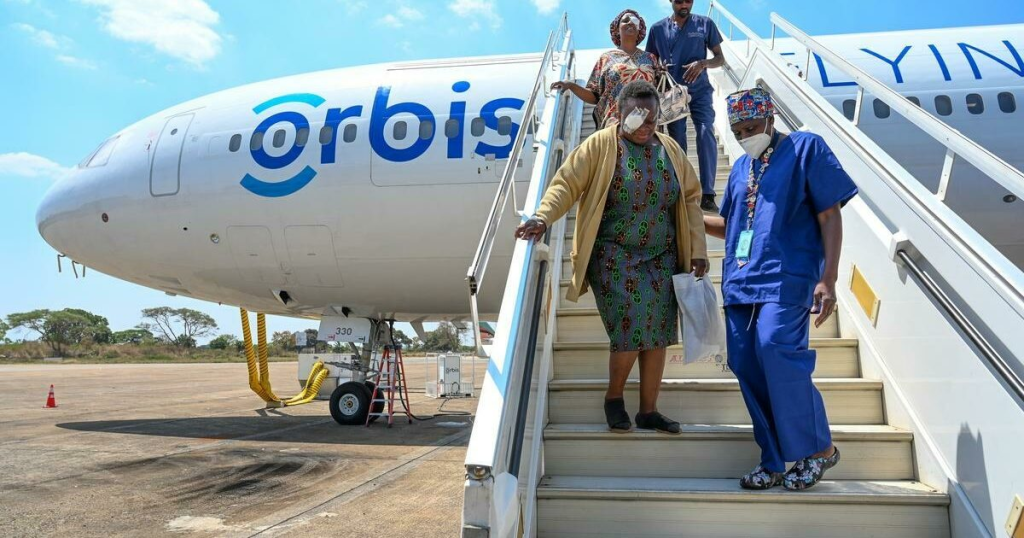
The NTSB investigation final report will try to determine precisely why the crew of a Learjet 35A lost control of the aircraft, resulting in a fatal crash. Flight Aware
The National Transportation Safety Board's preliminary report of the May 15 crash of a Learjet 35A at Teterboro Airport in New Jersey looked at the strength of the surface winds during the final moments of the flight. At the time of the accident, winds were reported as 320 at 20 knots gusting to 30, a few scattered clouds at 4,500 feet and visibility of more than 10 miles. The business jet "departed controlled flight" and crashed a half mile from the runway threshold of Runway 1. The NTSB investigation final report expected sometime next year will try to determine precisely why the crew lost control of the aircraft.
The facts of the report show New York Approach Control cleared the aircraft for the ILS Runway 6, circle to land Runway 1, with strong northwesterly winds translating into a slight tailwind component as the aircraft tracked inbound on the localizer. A Learjet expert told Flying a typical reference speed on a Model 35 at a moderate weight, including a factor for the gusting winds, would have been about 125-130 knots. He also said operating a Learjet safely requires a serious understanding of the aircraft's flying characteristics. "If a pilot can fly a Learjet well, they can fly almost anything," he said.
While that 130-knot speed would have been fine crossing the Runway 6 threshold, a circling approach, especially in potentially turbulent wind conditions, would have demanded a higher speed to create a safe margin above stall. The precise flap setting chosen by the crew for the circle, a choice that would have affected flying speed, is also currently unknown.
The Runway 6 ILS, circle to Runway 1 is a common approach to TEB, with aircraft normally leaving the localizer at the final approach fix nearly four miles from the end of the runway. In the May 15 accident, the Learjet remained on the localizer until less than a mile from the end of Runway 6 before starting a right turn to land on Runway 1. That would have potentially placed the aircraft less than 500 feet above the ground. Leaving the localizer so near the airport would have also required a tight turn, close to the ground just to reach the numbers of Runway 1.
As the Learjet began its right turn toward the landing runway, the full force of the wind now at its tail, would have increased its ground speed, pushing the aircraft toward the landing runway even faster. A turn of at least 130 degrees would have been necessary to give the pilot much of a chance for a smooth turn back to final. But with the strong tailwind, everything would have been happening very fast.
What we don't know is how far south the Lear flew before it began the turn back to Runway 1. According to the NTSB report, a TEB Tower controller did report the airplane banked hard to the right in the turn south and that he could see the belly of the airplane with the wings almost perpendicular to the ground. The airplane then appeared to level out for a second or two before the left wing dropped, showing the entire top of the airplane. Other ground witnesses reported the airplane in a right turn with the wings in a high angle of bank, some noting the airplane's wings "wobbling" before the left wing dropped and the airplane descended to the ground.
Onboard avionics components capable of storing non-volatile memory recovered at the scene included an iPhone, the Honeywell N1 digital engine controls, the Lear’s flight management system and the Honeywell enhanced ground proximity warning system. All have been sent to the NTSB for analysis.
Directions the investigation will be exploring over the next months to complete the final report will include whether the aircraft stalled due to an approach conducted at too high an angle of attack for the conditions that day, or a mechanical or human factor issue, or a combination of all of these and other elements.

Sign-up for newsletters & special offers!
Get the latest FLYING stories & special offers delivered directly to your inbox






